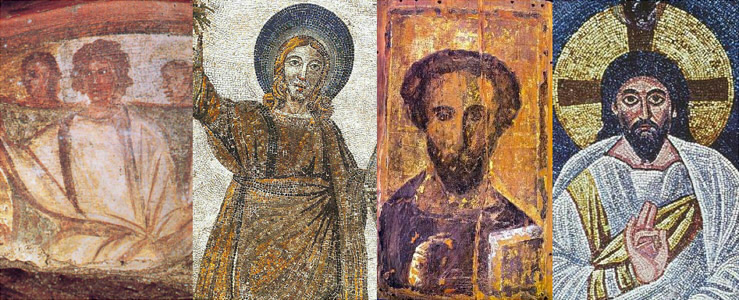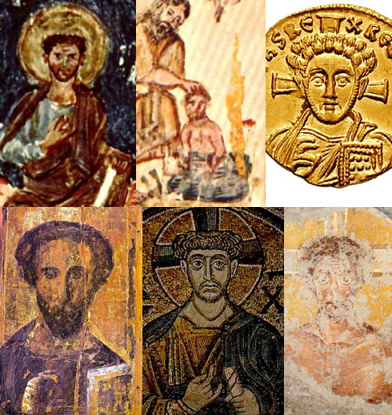S
Shaolen
Guest
My wife asked me what were the first images/paintings or depictions of Jesus? How do we know what he looked like?
I believe one of the earliest examples of Christian art can be found at the house church in the city of Dura-Europos in Syria. One of the earliest depictions of the crucified Jesus meanwhile is actually an anti-Christian graffiti found in Rome, from around the early 3rd century.My wife asked me what were the first images/paintings or depictions of Jesus? How do we know what he looked like?

You are wrong. We don’t know what he looked like and frankly it doesn’t matter.I think St Luke made a statue of the black Madonna (our lady of Montserrat in Spain). So he knows how Mother Mary looks like, also of Jesus. Jesus lives in before 33AD, and he also has apostles… St Peter (Jesus’s apostle) was the first pope, so… I think it is not difficult to know how Jesus looks like
This is what I’m talking about.I think St Luke made a statue of the black Madonna (our lady of Montserrat in Spain). So he knows how Mother Mary looks like, also of Jesus. Jesus lives in before 33AD, and he also has apostles… St Peter (Jesus’s apostle) was the first pope, so… I think it is not difficult to know how Jesus looks like
The problem with the reference is that while it is claimed to be by Theodorus Lector (a 6th century Byzantine historian), this quote is only known from the 14th-century writings of Nikephoros Kallistos Xanthopolous, the last Greek church historian and from 13th century. Many scholars think that Nikephoros interpolated a story already common in his day about an icon of Our Lady supposedly painted by St. Luke (specifically speaking, the Hodegetria icon) into an original passage from Theodorus about the Empress Pulcheria founding three churches to Our Lady in Constantinople (the Blachernae, the Chalkoprateia, and the Hodegon churches). Even if the quote is authentic, Theodorus’ statement would be our earliest attestation to a supposed icon of Mary painted from life.*“Eudocia sent to Pulcheria from Jerusalem an image of the Mother of God painted by the apostle Luke.” *
- Theodorus Lector (A.D. 530)
I know its not proof

